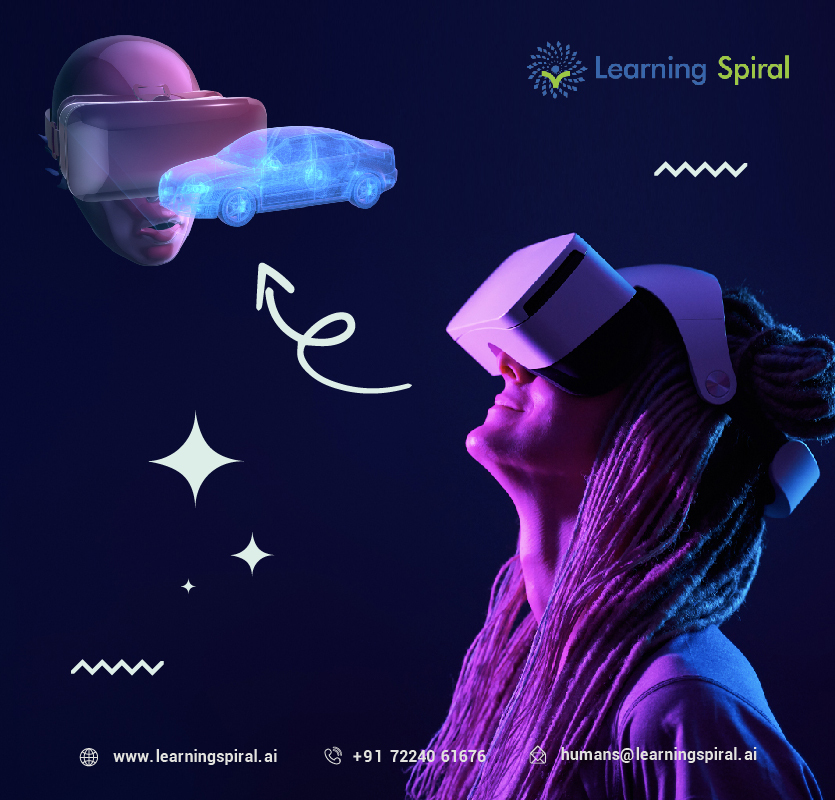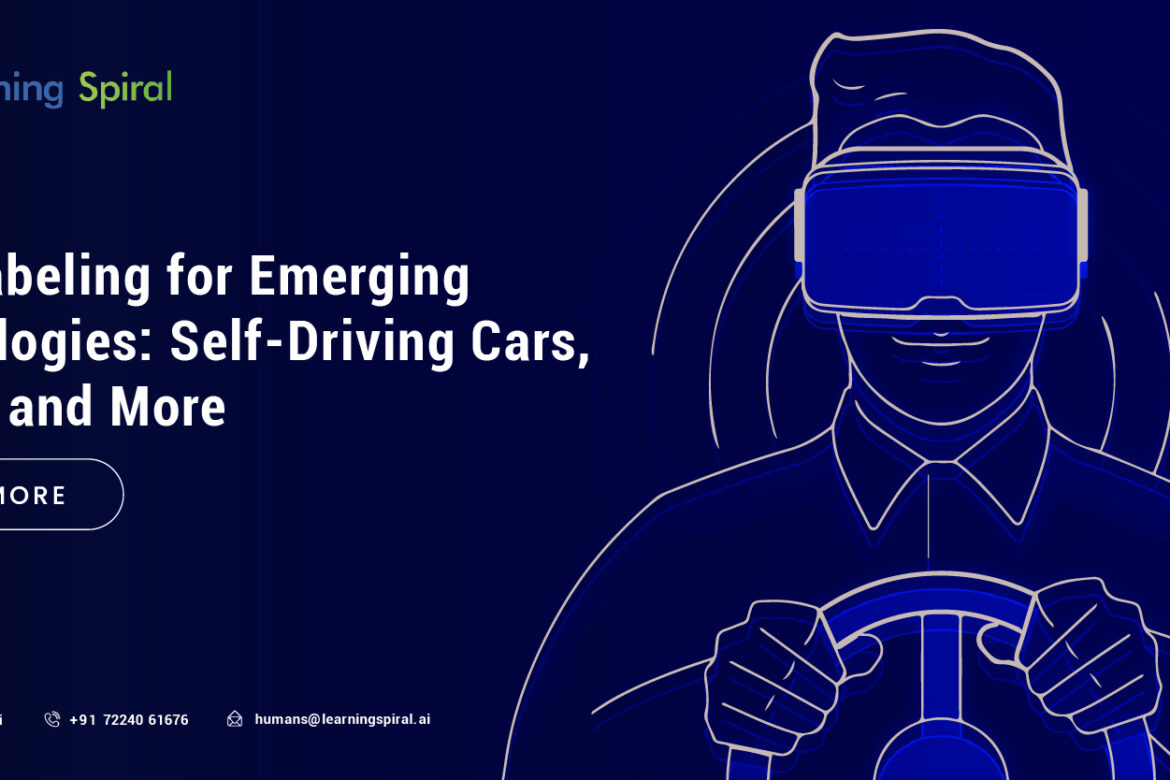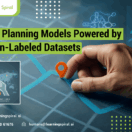The world of technology is on a constant quest for the next big thing. Emerging technologies like self-driving cars, Augmented Reality (AR), and Virtual Reality (VR) promise to revolutionize our lives. However, the success of these innovations hinges on a crucial behind-the-scenes process – data labeling.
The Power of Labeled Data:
At the heart of every AI system lies a treasure trove of labeled data. This data acts as the training ground, allowing algorithms to learn and refine their capabilities. Just like a student needs well-structured information to excel, AI models rely on meticulously labeled data to understand the world around them.
In the context of emerging technologies, data labeling plays a vital role in teaching AI systems how to “see” and interpret the world. Here’s how it shapes the future of some exciting fields:

- Self-Driving Cars:
Autonomous vehicles need to navigate a complex world filled with pedestrians, vehicles, and ever-changing traffic conditions. Data labeling plays a crucial role in this process. Labelers annotate images and videos, highlighting objects like traffic signals, pedestrians, cyclists, and different road markings.
This labeled data empowers AI models to identify and react accurately to these elements in real-time, paving the way for safer and more efficient self-driving cars.
- Augmented Reality (AR):
AR overlays virtual elements onto the real world, creating immersive experiences. Data labeling helps AR systems understand the physical environment. For example, imagine furniture placement apps. Labelers could annotate images of rooms, identifying walls, floors, and even furniture.
This allows the AR app to accurately place virtual furniture within the real-world backdrop, enhancing the user experience.
- Virtual Reality (VR):
VR transports users into completely simulated environments. Data labeling plays a critical role in creating these realistic worlds. Labelers annotate 3D models, adding details like textures, lighting, and object placement.
This labeled data allows VR systems to render realistic and interactive environments, making VR experiences more immersive and believable.
- Facial Recognition:
Facial recognition technology is finding applications in various fields, from security systems to unlocking smartphones. Data labeling empowers these systems. Labelers meticulously tag faces in images and videos, identifying specific facial features and individuals.
This labeled data allows facial recognition systems to learn and refine their ability to accurately identify faces, unlocking a wide range of possibilities.
Beyond the Basics:
While object recognition forms a significant part of data labeling for these technologies, the future holds even more possibilities. With advancements in AI, data labeling might encompass more complex tasks:
- Understanding Context: Labeling data could go beyond simply identifying objects. It could involve tagging emotions on faces for an AR shopping experience that personalizes interactions.
- Actionable Insights: Data labeling could involve annotating data with desired actions for AI systems. This could be crucial for self-driving cars, where labeled data specifies the appropriate action (stop, turn, etc.) based on the identified object.
The Human Touch in a Digital Age:
As exciting as these technologies are, data labeling remains a human-centric process. While automation may play a role in the future, human expertise will continue to be crucial for complex tasks and ensuring data quality. This highlights the need for a skilled workforce of data labelers equipped to handle diverse datasets and the specific needs of emerging technologies.
Conclusion
Data labeling, though often unseen, serves as the invisible fuel powering the next generation of technology. By meticulously tagging and annotating data, human labelers play a vital role in shaping the future of self-driving cars, AR/VR, facial recognition, and more. As these technologies evolve, the importance of data labeling will only increase, demanding a skilled workforce and innovative approaches to unlock the full potential of this powerful tool.




